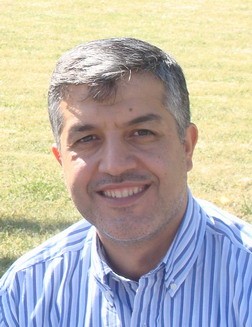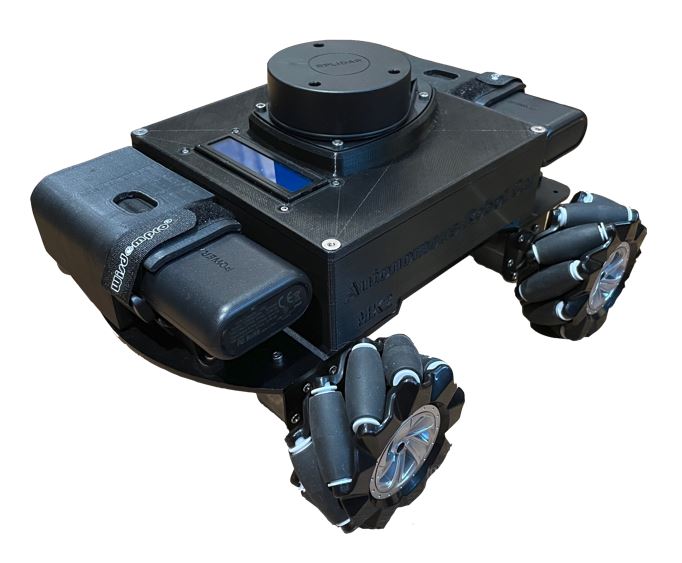CeRVIM-REPARTI Webinar
Parallel and Cable Robotics Research:
Theoretical and Technological Advancements
Hamid D. Taghirad
Advanced Robotics and Automated Systems Lab (ARAS)
K. N. Toosi University of Technology
Tehran, Iran
Visiting Professor, University of Alberta
Date and Time:
Tuesday, March 8, 2022 (17 Esfand 1400)
12:00-13:00 (Eastern Standard Time: -5:00 GMT) or
20:30-21:30 (Iran Standard Time: +3:30 GMT)
Abstract:
Cable and parallel robotics have been gaining more attention among researchers due to their unique characteristics and applications. Simple structure, high payload capacity, agile movements, and deployable structures are the main characteristics that nominate cable-robots from the other types of manipulators for many applications such as imaging, cranes, agriculture, etc. Interdisciplinary research fields such as dynamic analysis and control synthesis of parallel and cable-driven manipulators by using modern and intelligent approaches will be given further consideration in this presentation.
Kamalolmol® robot is a representative of cable-driven robots developed in ARAS research group, which is a fast deployable edutainment cable-driven robot for calligraphy and painting (chiaroscuro) applications. Additionally, ARAS research exploits the simplicity of cable robots with graph-based optimization and perception algorithms to create commercial inspection and imaging tools for various applications. In this webinar, the underlying concepts of such systems and the current state-of-the-art development of these advancements will be presented.
Bio:

Hamid D. Taghirad has received his B.Sc. degree in mechanical engineering from Sharif University of Technology, Tehran, Iran, in 1989, his M.Sc. in mechanical engineering in 1993, and his Ph.D. in electrical engineering in 1997, both from McGill University, Montreal, Canada. He is currently a visiting Professor, University of Alberta, and professor and director of Advanced Robotics and Automated System (ARAS), K. N. Toosi University of Technology, Tehran, Iran. He is a senior member of IEEE, and Editorial board of International Journal of Robotics: Theory and Application, and International Journal of Advanced Robotic Systems. His research interest is robust and nonlinear control applied to robotic systems. His publications include five books, and more than 300 papers in peer-reviewed international Journals and conference proceedings.
The presentation will be given in English and the slides will be in English.
To obtain the Zoom meeting web link, please contact:
Annette.Schwerdtfeger@gel.ulaval.ca

